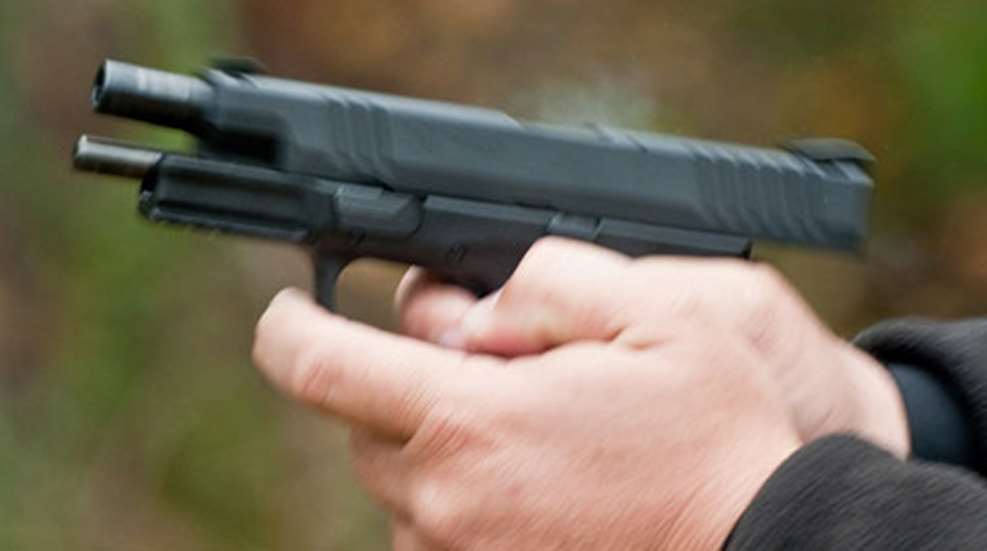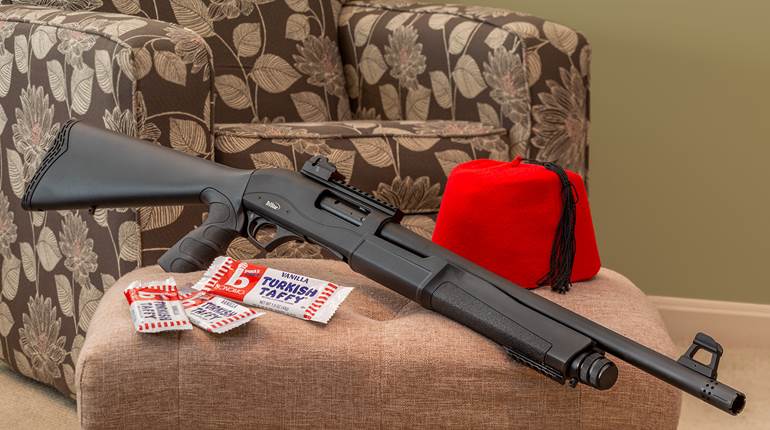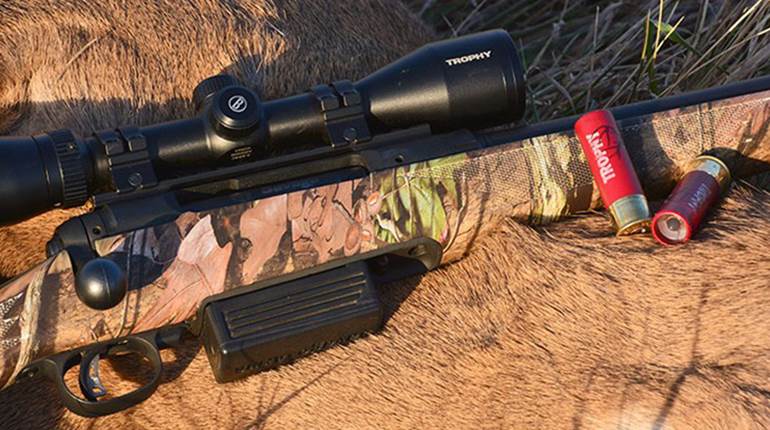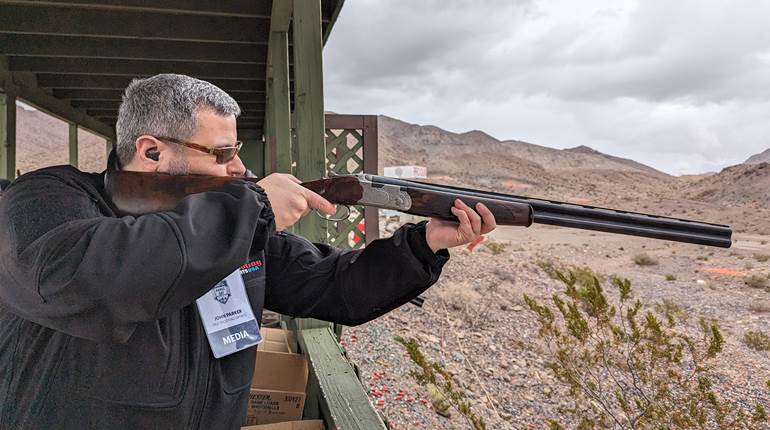
The double tap—two individually sighted shots fired in rapid succession—has become a staple in defensive and offensive firearms training around the world. However, every instructor has his or her own take on the prudence and technique of the double tap.
Even the history of the double tap is debated. Some credit the technique to Col. Charles “Chargin’ Charlie” Beckwith, founder of the Army’s Delta Force in 1977, while most agree the technique was actually taught nearly 50 years earlier by William Ewart Fairbairn and Eric Anthony Sykes, British police chiefs in Shanghai, China, during the 1930s. Fairbairn and Sykes continued teaching the method in the British Special Operations Executive training school in the mid-1940s.
Beckwith could have learned the technique from the British while he served as an exchange officer with the British Special Air Service around 1960 and then implemented it into the training regimen of his Delta Force.
Defining a Double Tap
The double tap is easily understood, but harder to master. As with most fundamentals of shooting, it requires time on the range.
A double tap consists of two individually sighted shots fired in rapid succession striking in close proximity on a target. The two shots should strike within two to five inches of each other, doubling hydrostatic shock and compounding wound channels, trauma and potential to stop the attack.
The double tap is different from the hammer, which in shooting vernacular, consists of firing two shots with one sight picture or one sighted shot and one shot using a flash sight picture. The hammer is a common technique used to decrease split times on short-distance targets in competition and self defense, but to be effective in stopping an actual threat while reducing the chance of an errant bullet striking a bystander or loved one, the second shot must be placed accurately. This requires employing sights for both shots, particularly beyond contact ranges (seven yards and farther).
Develop Your Skills
As with all shooting disciplines, the double tap must be practiced to build technique, confidence and the gross motor skills required to perform under pressure. It takes time and ammunition to learn to rebound from recoil quickly enough to conduct a second “tap.” Begin by quickly firing two aimed shots at a target with a safe background. Be sure to use the sights for both shots keeping the majority of focus on the front sight. Continue until you can consistently put two shots within 5 inches of one another in one to two seconds.
From there, start practicing with the gun at the low ready position and again fire two aimed shots until you can consistently put two shots into the target in the same time frame. At this point, you’re ready to practice the double tap from the holster. However, be sure to occasionally run back through the basics, including the basic fundamentals of:
Stance: Feet should be shoulder width apart, knees slightly bent, with the upper body leaning forward into the shot.
Grip: Massad Ayoob, renowned firearms instructor and founder of the Lethal Force Institute, suggests a high, hard grip for greater control on recoil. He writes, “How hard do you hold the handgun? As hard as you can.”
Aiming: Align the front sight with the rear sight and the target, with your focus on the front sight. For rapid fire, track the sights during recoil to speed up sight realignment.
Trigger Squeeze: Should be a smooth, fluid motion with the exact moment of discharge as a surprise, even in self-defense situations.
Follow Through: Keep your fundamentals such as stance, grip and aim consistent every time you shoot, and training will take over when you’re under pressure.
Why not a Triple Tap?
Some opponents of a two-shot response say you should continue to shoot until the threat stops: It might take one shot; it might take nine. Depending on the assailant and any contributing factors to aggression and increased threshold to trauma such as drugs, adrenaline or psychological motivation, this may well be true.
Constant evaluation of the surroundings, condition of the bad guy and the momentum of the attack is critical in a defensive use of force. Once the attack has stopped, so must you. If the attacker continues the fight, then you must continue with the proper response.
But an initial response of two shots followed by a quick situational evaluation seems to be a reasonable and defendable technique in responding to a threat and has been proven reliable in civilian, military and law enforcement encounters. Because these days, after defending your life from attack, you have to defend your actions to the world.
Find an NRA-certified Instructor near you.





































